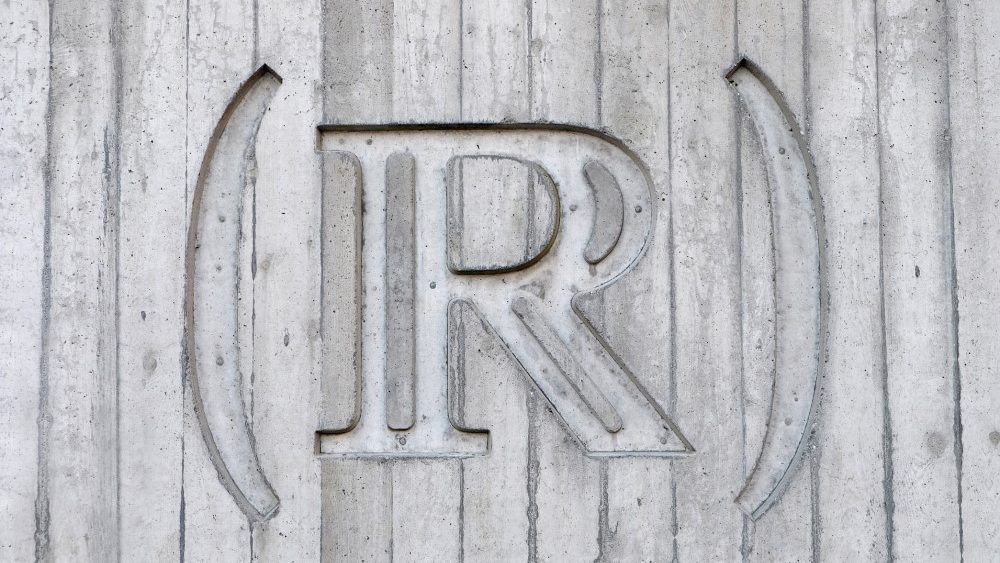Many business owners mistakenly believe that protecting a trademark—whether it’s their trade name or the brands identifying their products or services—is unnecessary. However, every business, from a restaurant or flower shop to an architectural or law firm, relies on distinctive signs to differentiate itself in the market. A strong brand image is essential for standing out from competitors and ensuring long-term success.
Tabla de contenidos
Consumers don’t choose companies; they choose brands. The values and identity associated with a brand are what attract customers and influence their purchasing decisions. A trademark is a valuable commercial asset, often more important than physical property, as it enhances a company’s worth and can even be licensed or sold to third parties.
What is brand protection?
In an increasingly globalized environment where internationalization is part of a company’s natural growth process, it is important to have a good level of brand protection.
We must bear in mind that the brand is not only used to identify a business, service or product but that brands implicitly carry the recognition of a series of values that, on occasion, can represent a high additional value. This is what is known as the intangible value of the company. Hence the need to protect them, not only to protect our business and keep our online reputation safe but also to avoid the illegitimate use that any third party could make of them.
Why is it important to protect a trademark?
The protection granted by trademark rights is obtained through registration, which confers an exclusive privilege to its owner. A registered trademark ensures the right to use that sign in economic traffic while preventing third parties from marketing identical or similar products under a trademark that may cause confusion.
A common mistake is to confuse trademark registration with registering a corporate name in the Commercial Registry or obtaining a domain name for online use. Many small and medium-sized companies invest heavily in advertising, market research, corporate image, and positioning, yet fail to protect their brand name. In case of a dispute or defamation, all this effort becomes futile, and in the worst scenario, the company may even be forced to stop using its name.
Even if a brand name matches a corporate name, registration in the Commercial Registry does not provide trademark protection. Only registering with the Trademark Office or the corresponding agency guarantees access to legal protection mechanisms under intellectual property laws.
A well-protected brand allows companies to confidently invest in their image while avoiding future conflicts. Protecting a trademark is not a major expense, but it is advisable to seek expert guidance to develop the best strategy for securing your brand.
How to protect your company’s brand
Chances are that one of the questions you’re asking yourself if you’ve made it this far is: How do I protect my brand? Although it is a very technical subject, it is important to understand the legal aspects that can guarantee your protection and that relate to patent application, trademark, trademark copyright and symbols.
In order to protect the trademark in a comprehensive manner, it is advisable to act quickly and register as soon as possible to avoid conflicts or claims from competitors. In this section we give you some tips and ideas on how to protect a trademark.
- Protect the privacy of your patents. Keep all patents you hold as pending intellectual property secret. It is important to have a controlled flow of information that ensures that your product information is seen only by those involved in the process and no one else. Do not give any sensitive details until the patent is officially registered or in force.
- Check the contract. There must be a formal contract between partners and product developers. that specifically identifies each member’s ownership of pending patents and the exact distribution of intellectual property. Check that pending intellectual property or patents and proprietary rights cannot be claimed by developers without prior consent.
- Patent your product as soon as possible. To save time and money, you should first concentrate on national patents until growth requires international protection. A smart strategy for temporary protection is to apply for a preliminary patent that allows you to protect intellectual property and products with much less bureaucracy while the patent awaits approval.
- Perform a trademark clearance search. With the help of professionals in the field, you can determine whether a product patent already has a trademark. This includes brand names, logos, icons, headlines and images. By contracting a permit search service they can perform a comprehensive search.
- Obtain the registered trademark mark. After it has been determined that there are no further claims to the product, an application to register the mark may be filed. Formally registered trademarks are marked with an “R” (®) to indicate full ownership.
- Check for Brand Derivatives. Be sure to register all the main domain suffixes for the trademark or slogan. This provides protection in case someone wants to steal your name.
- Establish clear IP license limits. It is important to establish clear procedures for licensing intellectual property to third parties. For subsequent licensing or franchise agreements, make sure that the legal and financial terms of the partnership are clearly defined and drafted and reviewed by legal professionals.
- Identify your legal ownership. Show your ownership of written material that has been published with a small copyright mark or the word “copyright” and the year of publication. In addition, register all your most valuable copyrights. All individual works must be submitted separately.
- Determines the clear ownership of copyrights. Maintain clear contractual agreements with all third parties containing product-related writing materials. Make sure these contracts clearly identify the company as the copyright owner. These agreements may provide legal protection if the third party decides to use the written material later for its own purposes.
In conclusion, brand protection is one more element to be taken into account in the company’s growth strategy, especially if we want to ensure that our brand is associated with certain values that are ultimately going to identify your company or your products with quality standards. Your brand is your company’s most important asset.
Photos, videos, negative reviews, or fake news can impact your image. We help you remove or deindex them. Leave your details and we’ll contact you.
Photos, videos, negative reviews, or fake news can impact your image. We help you remove or deindex them. Leave your details and we’ll contact you.








